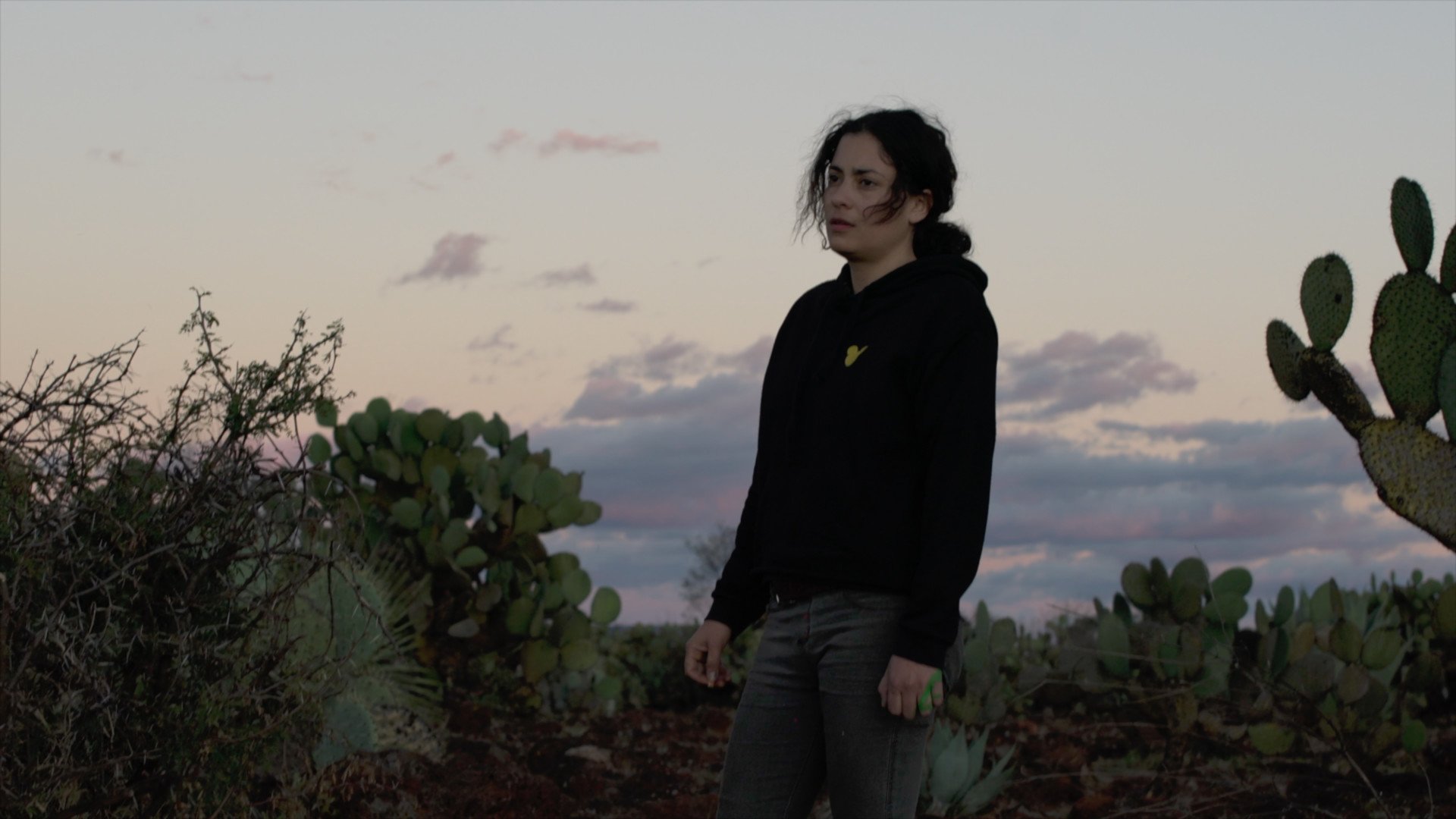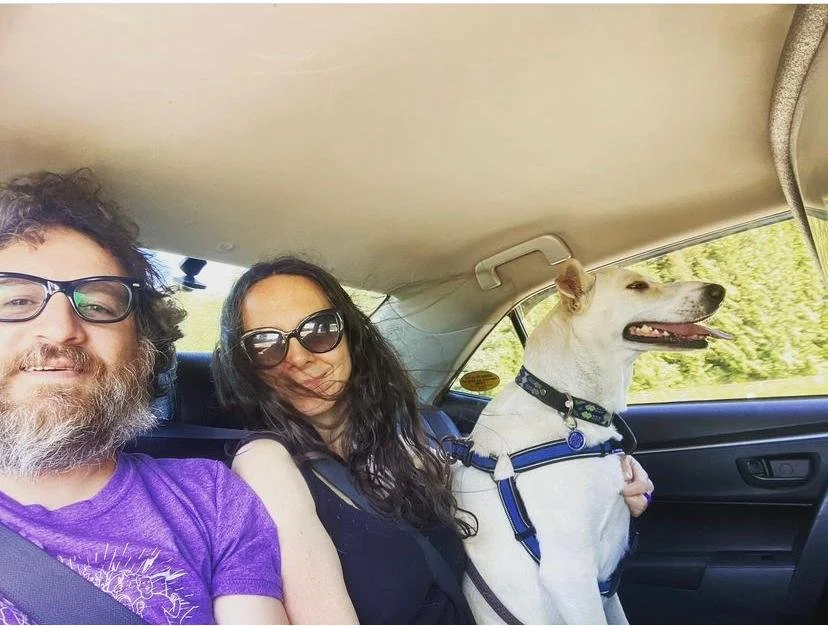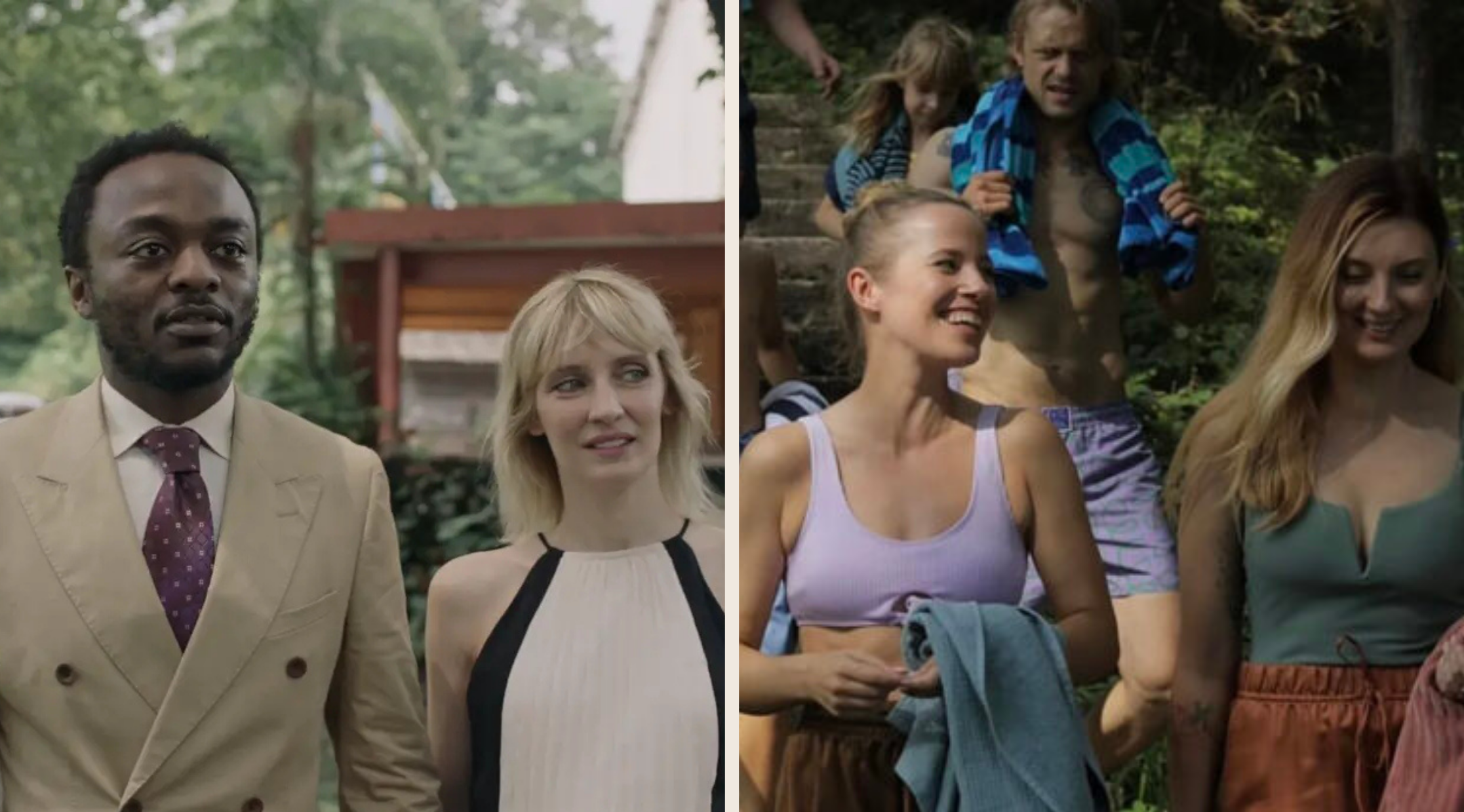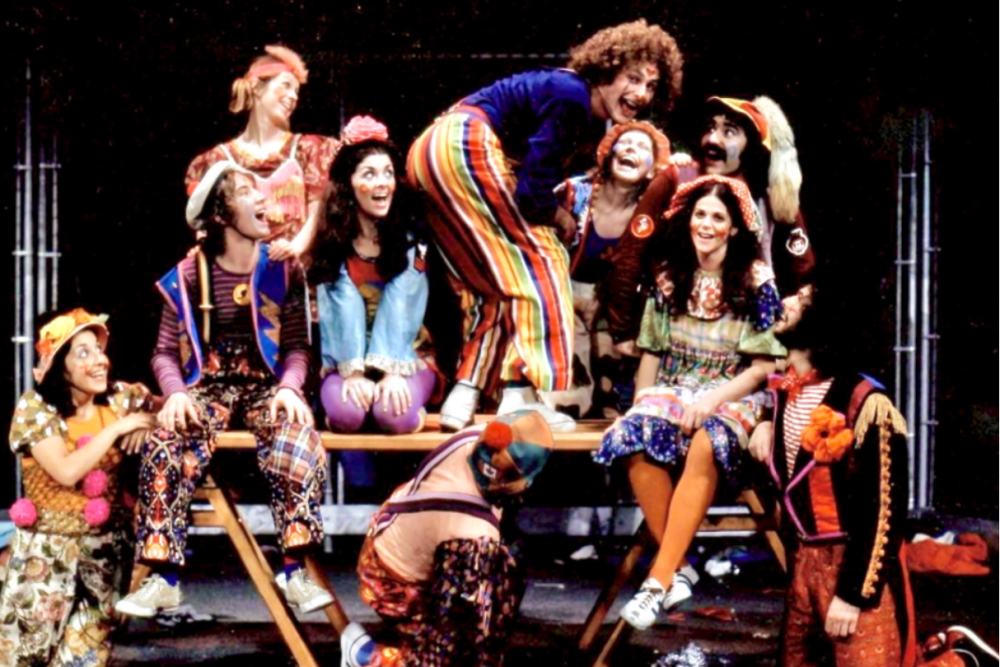Art and chaos in Durango City, with Santuario: A Punk Portrait of Paty Aguirre at Vancouver Latin American Film Festival
Fest artistic director Christian Sida dives into his first film, a raucous, mezcal-fuelled “docoficción” look at a maverick artist
A rare calm moment with true original Paty Aguirre, the free-spirited subject of Santuario.
The Vancouver Latin American Film Festival runs from August 25 to September 4. Santuario: A Punk Portrait of Paty Aguirre screens September 3 at 6:45 pm at The Cinematheque.
TO MAKE HIS SCRAPPY first film with partner Anne-Mary Mullen, Christian Sida had to embrace the chaos that is the life of young Mexican painter Paty Aguirre.
In Santuario: A Punk Portrait of Paty Aguirre, handheld camera captures mezcal flowing, bongs passing, sofas being lit on fire, and a nonstop stream of beyond-colourful partiers circulating through Aguirre’s studio.
Even when Aguirre is in her Durango City space painting her remarkable works—a mix of photo-real figures, Kahlo-esque surrealism, cartoon characters, graffiti touches, and eerie horror-movie references—it’s not a quiet, serious affair. An old TV set blares The Omen, twinkle lights blink overhead, and Modelos sit at easy reach.
“That’s the kind of film I like to see in my festivals: kind of trashy, and not really appropriate, and fun,” says Sida, who is not just artistic director and longtime programmer of the upcoming Vancouver Latin American Film Festival, but the founder and director of the Festival del Nuevo Cine Mexicano de Durango. “It’s about Paty, it’s about Durango, and it’s the style of the kind of films we like to watch.
“There’s enough proper films being made in Latin America,” he adds with a laugh. “The biggest complaint we have at the fest is there’s too many films that are sad and serious.”
Sida, who’s programmed hundreds of films over the years, started close to home when it came to shooting his first feature, which debuts at VLAFF. He grew up in Durango City, in Northern Mexico, and has known Aguirre for years. Durango has a thriving art scene—Sida credits that in part to its light and near-constant clear-blue skies—but it’s okay if you haven’t heard of it.
Writer-creators Christian Sida and Anne-Mary Mullen.
“Not many people in Mexico would know where it is either,” Sida says. “It’s a city I love and I spend half the year there. But it’s also a city that’s very conservative—it’s one of the last states that does not have gay marriage, and it will be probably the last one to allow a woman to have an abortion. I live the other half of my life in Vancouver, and the two cities are completely different.”
Viewers of Santuario will see both those locations portrayed in the film, as midway through, Sida’s crew follows Aguirre on her first trip outside of Mexico to Vancouver, for a show at East Hastings Street’s funky Roundel Café (where a bit of chaos also ensues).
Back in Durango City, we get to know Aguirre’s working-class home ‘hood of Madarera, and meet her extended family and raucous group of friends. Her home sits right around the corner from the Baroque, 17th-century Sanctuary (Santuario) of the Virgin of Guadalupe, a place of deep devotion for her father. Aguirre—a true, authentic original—is clearly the rebel in her clan, picking up drawing as a kid, later putting herself through art studies against the advice of her family, and then forging her own path in a male-dominated field of painters.
Sida and Mullen loosely scripted the scenes that unfold in Santuario, in a form dubbed “docoficción” in Mexico.
Amid the most fascinating sights in Durango is an elaborately dark and surreal mural that the artist worked on, covering six foyer walls of the local state congress building, complete with creepy shadowy figures and three-dimensional book “bricks”. “I don’t know how they allowed them to paint that insane mural in there,” marvels Sida.
Throughout, Mexican cinematographer Paola Chavira Leyva rolls with whatever mayhem is happening. And in a surprise turn near the end of the film, the maverick painter cops a major state award. Not that it means Aguirre will be driven by art-market demands any time soon.
“She paints all the time for her friends,” Sida says, “she paints really what she wants to paint.”














